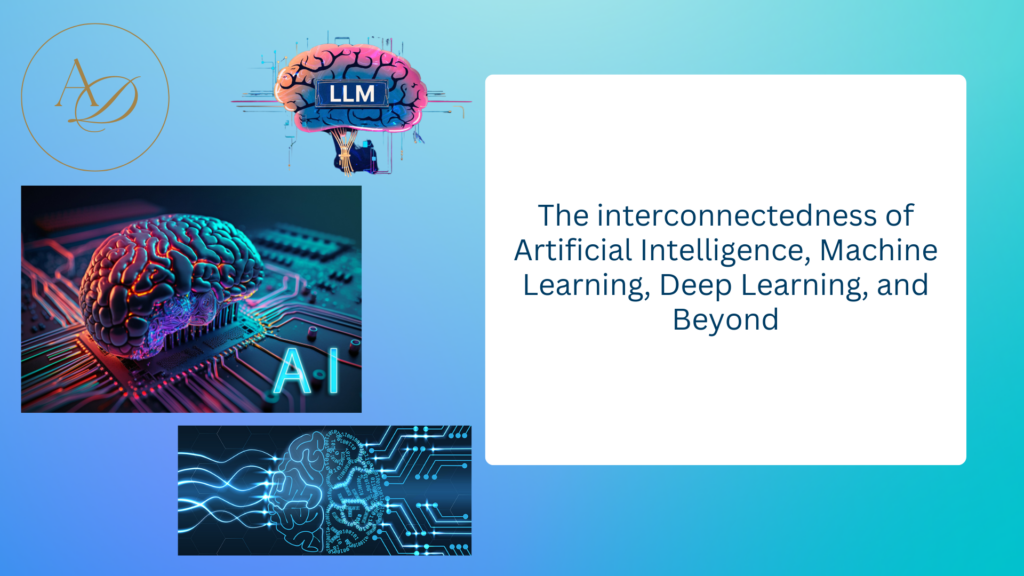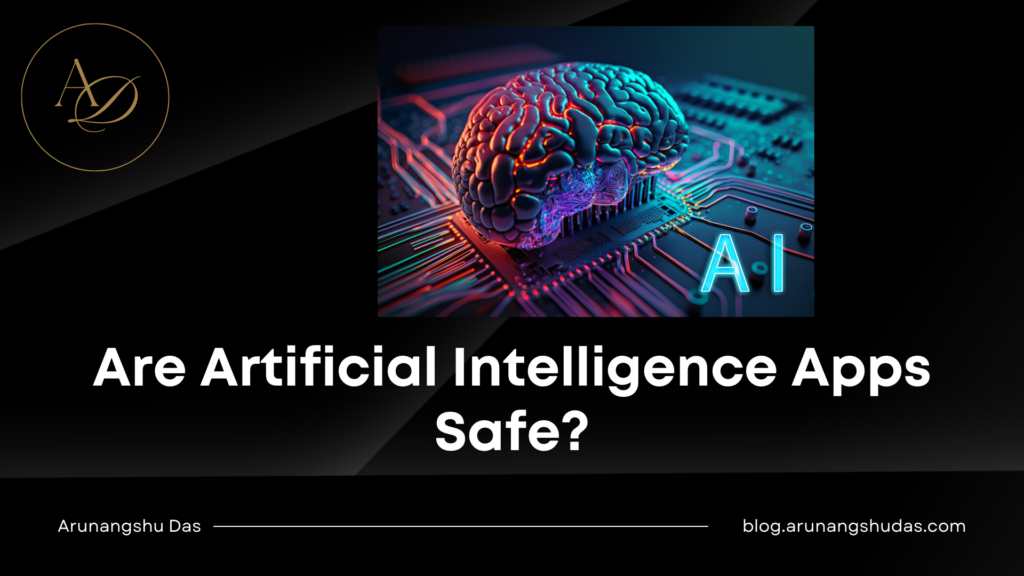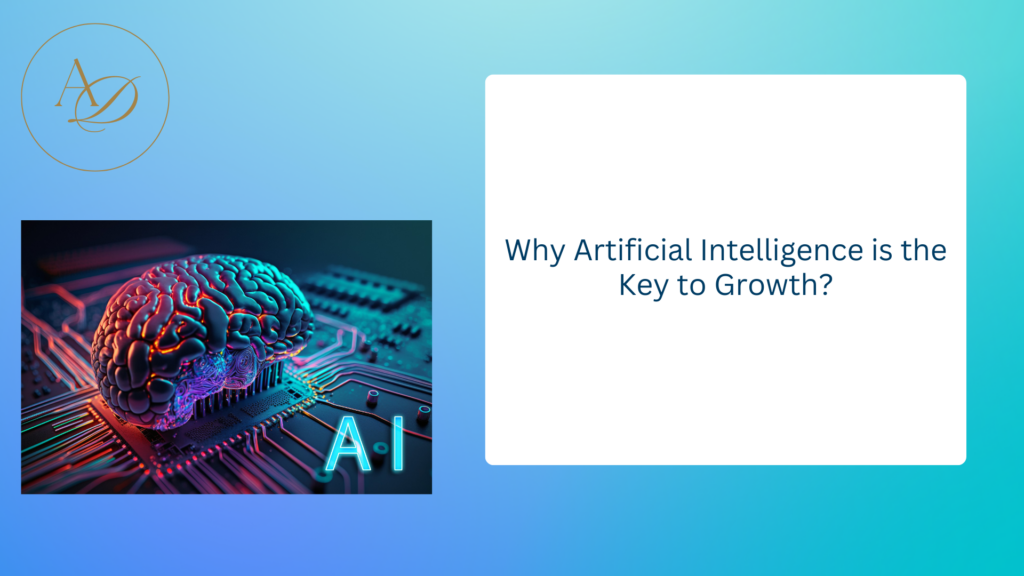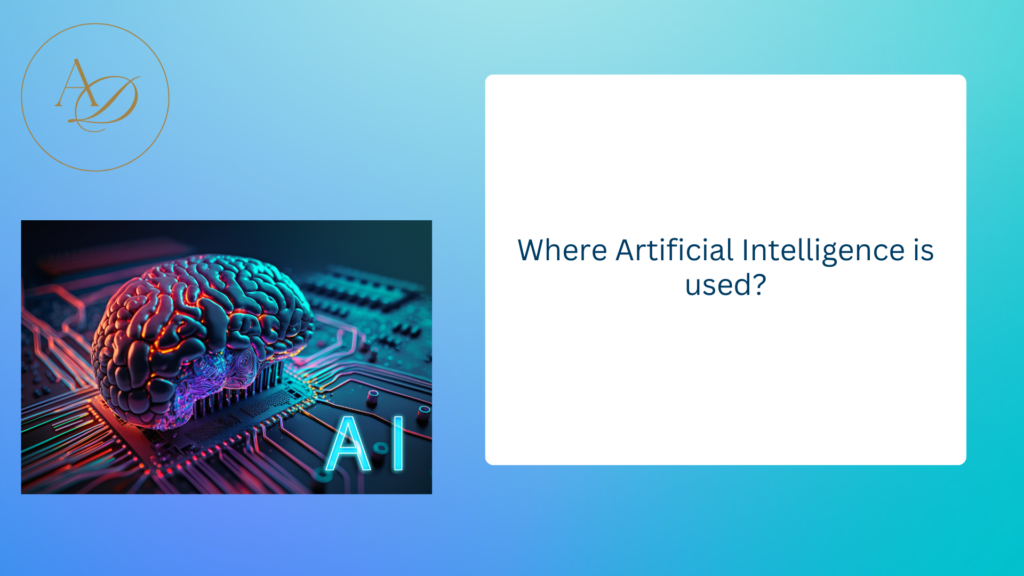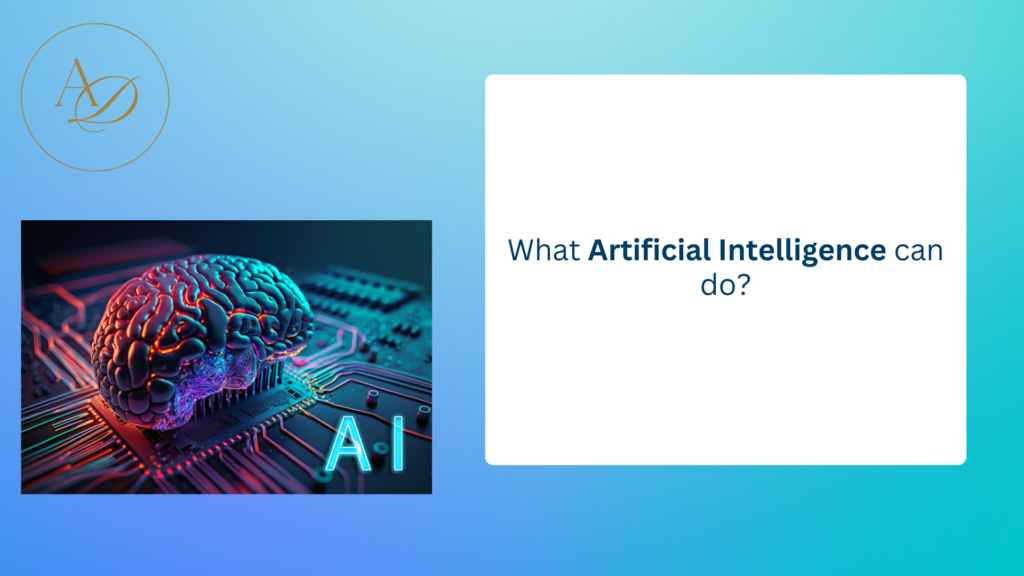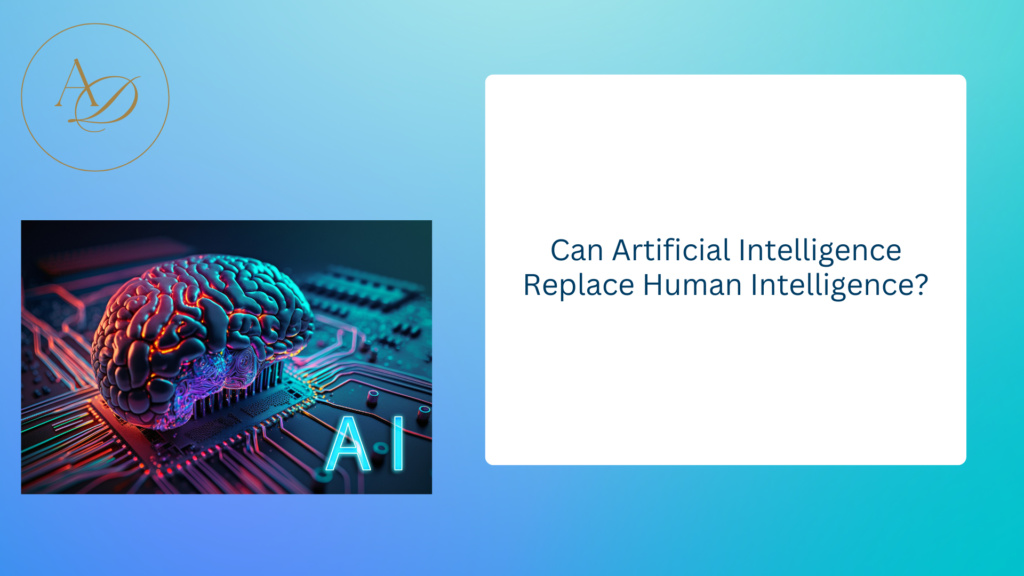AI models are powerful, but out-of-the-box solutions don’t always fit the specific needs of a business or application. Customizing an AI model can significantly improve accuracy, efficiency, and overall performance for a particular use case. But how exactly do you tailor an AI model to your needs?
1. Transfer Learning: Adapting Pretrained Models
One of the fastest and most effective ways to customize an AI model is transfer learning. Instead of training a model from scratch (which is expensive and time-consuming), you take a pretrained model and fine-tune it with your specific dataset.
Why It Works:
- Pretrained models have already learned useful patterns from massive datasets.
- You only need to retrain the last few layers or fine-tune specific parameters.
- Reduces training time and computational cost.
Best Use Cases:
- Fine-tuning an LLM like GPT for domain-specific tasks (e.g., medical or legal text generation).
- Modifying an image classification model like ResNet or EfficientNet to recognize new objects.
2. Fine-Tuning: Optimizing for Your Needs
Fine-tuning is a more advanced version of transfer learning where you tweak the model’s weights using your dataset. Instead of just retraining the last few layers, fine-tuning updates more parameters, making the model better suited to your specific data.
When to Use It:
- When the pretrained model doesn’t generalize well to your domain.
- If your dataset is significantly different from the original training data.
Example:
If you’re building a chatbot for customer support in finance, fine-tuning a general NLP model with customer queries and industry-specific language makes it much more effective.
3. Few-Shot and Zero-Shot Learning: When Data is Limited
If you don’t have a large dataset but still want the model to work well on specific tasks, few-shot and zero-shot learning techniques are useful.
Few-Shot Learning – The model learns from just a few examples (like OpenAI’s GPT models, which can generate text with minimal input).
Zero-Shot Learning – The model performs a task without any prior training data on that specific task, relying on its general knowledge.
Best Use Cases:
- Conversational AI that adapts quickly to new topics.
- Image recognition for rare or unseen objects.
4. Prompt Engineering: Customizing Responses in LLMs
For language models like ChatGPT, prompt engineering is a simple but powerful way to customize responses without fine-tuning. By crafting the right prompts, you can guide the model to generate more accurate, context-aware, and relevant answers.
Examples:
- Instead of asking, “What is machine learning?”, you can ask, “Explain machine learning as if I’m a 10-year-old.”
- For a customer support bot, structure prompts like: “Given this customer complaint, generate a polite and empathetic response.”
Prompt engineering is an iterative process, but it’s a great way to get a tailored experience without modifying the model itself.
5. Data Augmentation: Expanding Your Training Set
If you have limited data but want to improve model performance, data augmentation helps by artificially increasing the size of your dataset. This technique is widely used in computer vision and text-based AI.
How It Works:
- In images: Rotate, flip, crop, change lighting, or add noise to create variations.
- In text: Use synonym replacement, back-translation (translating text into another language and back), or paraphrasing.
Best Use Cases:
- Improving robustness in image recognition models.
- Enhancing NLP models with diverse training data.
6. Hyperparameter Tuning: Finding the Best Settings
Even with a great model and data, performance depends on choosing the right hyperparameters (like learning rate, batch size, number of layers, etc.).
Techniques for Hyperparameter Optimization:
- Grid Search – Tries all possible combinations (best for small search spaces).
- Random Search – Picks random values (faster but still effective).
- Bayesian Optimization – Uses probability to find the best parameters efficiently.
Hyperparameter tuning can dramatically improve model accuracy and efficiency, but it requires computational resources.
7. Retraining with Continuous Learning
AI models can become outdated if they aren’t retrained with new data. Continuous learning ensures that a model stays relevant by updating it over time.
How to Implement It:
- Collect real-world feedback and user interactions.
- Periodically retrain with fresh data to prevent model drift.
- Use active learning (where the model selects the most useful new examples to learn from).
Example: A recommendation system for an e-commerce site should adapt to users’ changing preferences, so periodic retraining is essential.
8. Knowledge Distillation: Making AI Models Lighter
If you need a smaller, faster model without losing much accuracy, knowledge distillation is a great technique.
How It Works:
- A large “teacher” model trains a smaller “student” model.
- The smaller model learns to mimic the teacher’s predictions with fewer parameters.
Best Use Cases:
- Deploying AI on edge devices (smartphones, IoT).
- Reducing computational cost for real-time applications.
Which Customization Technique Should You Use?
| Technique | Best For |
|---|---|
| Transfer Learning | When you need a quick and effective model adaptation. |
| Fine-Tuning | When transfer learning alone isn’t enough. |
| Few-Shot Learning | When you have very limited data. |
| Prompt Engineering | When working with large language models like GPT. |
| Data Augmentation | When you need more training data but can’t collect it. |
| Hyperparameter Tuning | When you need to maximize performance. |
| Continuous Learning | When your model needs to evolve over time. |
| Knowledge Distillation | When you need a smaller, faster AI model. |
Final Thoughts
AI model customization isn’t a one-size-fits-all process. The best approach depends on your goals, available data, and computational resources. If you’re working with NLP, prompt engineering and fine-tuning are great starting points. If you’re in computer vision, data augmentation and transfer learning can save time.
You may also like:
1) How AI is Transforming the Software Development Industry
2) 8 Key Concepts in Neural Networks Explained
3) Top 5 Essential Deep Learning Tools You Might Not Know
4) 10 Common Mistakes in AI Model Development
5) 6 Types of Neural Networks You Should Know
6) The Science Behind Fine-Tuning AI Models: How Machines Learn to Adapt
7) 7 Essential Tips for Fine-Tuning AI Models
Read more blogs from Here
Share your experiences in the comments, and let’s discuss how to tackle them!
Follow me on Linkedin


